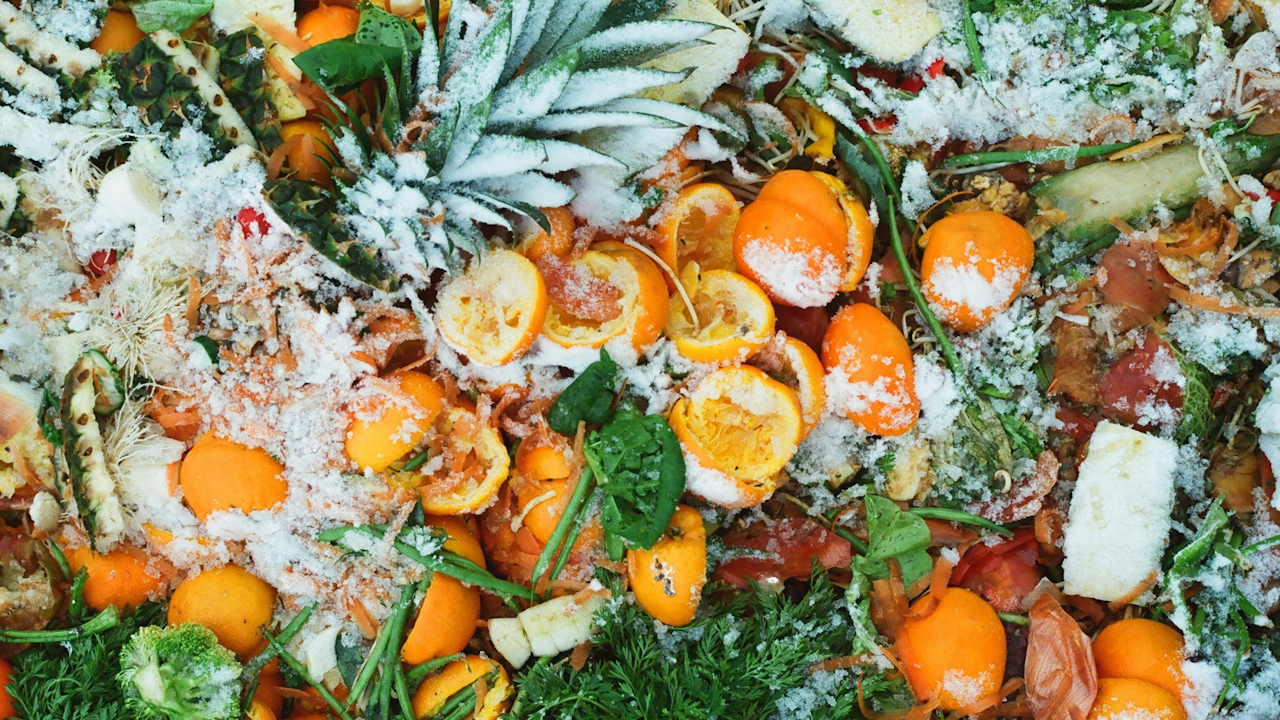In a world where an estimated one-third of all food produced is lost or wasted, the environmental and economic consequences are staggering. From the energy and water used to grow and transport food that never gets eaten, to the methane gas released by rotting food in landfills, the problem is immense. While the scale of the issue can feel overwhelming, technology is providing a powerful and accessible solution right in our hands. A new generation of food waste apps is empowering individuals and businesses to make a significant dent in this global challenge.
These applications are not a single type of tool. They represent a diverse ecosystem of solutions, each tackling a different part of the food waste problem. Broadly, they can be categorized into a few key areas: kitchen management apps, community sharing platforms, and business to consumer surplus food apps.
The first category, kitchen management apps, focuses on reducing household waste. This is a critical area because a significant portion of all food waste happens at the consumer level. Apps like Kitche or NoWaste act as a digital inventory for your kitchen. Users can scan grocery receipts or input items manually, tracking what they have in their fridge, freezer, and pantry. These apps send reminders about “use by” or “best before” dates, preventing forgotten food from spoiling. They also offer smart shopping lists to avoid overbuying and suggest recipes based on the ingredients a user already has. This helps users get creative with leftovers and the odd items in the back of their cupboard, turning potential waste into a meal.
The second category is centered on community and local sharing. Olio is a prime example of this model. It operates on a simple premise: connecting neighbors with each other and with local businesses to share surplus food. A person who has an abundance of fresh vegetables from their garden or a few extra cans they will not use can list them on the app for free. Similarly, local bakeries or cafes can list their unsold baked goods at the end of the day. This creates a hyper-local network where perfectly good food is diverted from the bin and shared with someone who can use it. This model not only reduces waste but also builds stronger, more sustainable communities.
Finally, a major force in the food waste app landscape are those that connect businesses with consumers. Too Good To Go is one of the most well-known of these. The app partners with restaurants, cafes, bakeries, and grocery stores that have surplus food at the end of the day. Instead of throwing it away, these businesses can package it into “Surprise Bags” which users can purchase at a steep discount. The bags contain a variety of items and a user will not know exactly what they are getting until they pick it up. This element of surprise is part of the appeal. It provides a way for consumers to get delicious food at a bargain price, while simultaneously helping businesses recover some of their costs and, most importantly, preventing a massive amount of food from going to waste. Other similar apps like Flashfood or Karma operate on the same principle, offering discounted food nearing its sell-by date.
The technology behind these apps is becoming more sophisticated. Some are using artificial intelligence to analyze user habits and provide personalized tips. AI can also help businesses with predictive analytics, forecasting demand more accurately to prevent overproduction in the first place. This data driven approach allows for more efficient inventory management across the entire food supply chain. Blockchain technology is also being explored to provide greater traceability of food products, ensuring quality and safety and further reducing waste.
Beyond the immediate benefits of waste reduction, these apps also serve a crucial educational purpose. By making the problem of food waste tangible and providing an easy solution, they raise awareness about the environmental impact of our consumption habits. They also offer a financial incentive, as users can save a significant amount of money by using these platforms. The rise of food waste apps signifies a powerful shift in our approach to sustainability, moving from abstract goals to practical, technology enabled actions that can be taken every day. While technology alone will not solve the entire problem, these innovative tools are a vital part of the solution, empowering millions to participate in the fight against food waste.

